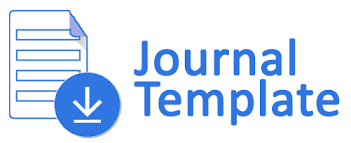Media LASERIN dalam Meningkatkan Hasil Belajar Sejarah Penjajahan Belanda Di Indonesia
DOI:
https://doi.org/10.29407/pn.v3i2.11869Keywords:
Media LASERIN, Hasil Belajar.Abstract
IPS learning in primary schools has several problems, among them the use of media and methods that are still conventional and tend to be monotonous, convey the material by using lecture method, then give the task. Students are not directly involved in the learning process and tend to just sit, be quiet, listen, be less active, have less attention to the material presented by the teacher, are reluctant to ask the teacher even though they do not understand the taught material and less enjoyable learning atmosphere, the lessons learned by the students are low because the subject matter is not fully mastered by the students. The use of LASERIN media on the subject of Dutch Colonial History in Indonesia to the Grade V Students of SDN Dermo I Kota Kediri Lesson 2014/2015 apply active, creative, effective and fun learning (PAKEM) which stimulates active students and is directly involved in learning activities and is motivated by itself to learn because they feel happy and find the material by understanding LASERIN poetry and can understand the demands of learning history materials. Student learning outcomes using LASERIN media are increasing. Assessment of learning outcomes at the second meeting amounted to 63.83% and the fourth meeting increased again to 89.37%. The above results show the need for media / tools that help learners to capture the message or purpose of the learning process.
Downloads
References
Hidayati, dkk.2008, Pengembangan Pendidikan IPS SD, Direktorat Jendaral Pendidikan Tinggi, Departemen Pendidikan Nasional
Sudjana, Nana. 2010. Penilaian Hasil Proses Belajar Mengajar. (Cet. XV). Bandung: PT. Ramaja Rosdakarya.
Metodepembelajaran khususpai.blogspot.co.id
Downloads
Published
Issue
Section
License
Authors who publish with this journal agree to the following terms:
- Copyright on any article is retained by the author(s).
- The author grants the journal, right of first publication with the work simultaneously licensed under a Creative Commons Attribution License that allows others to share the work with an acknowledgment of the work’s authorship and initial publication in this journal.
- Authors are able to enter into separate, additional contractual arrangements for the non-exclusive distribution of the journal’s published version of the work (e.g., post it to an institutional repository or publish it in a book), with an acknowledgment of its initial publication in this journal.
- Authors are permitted and encouraged to post their work online (e.g., in institutional repositories or on their website) prior to and during the submission process, as it can lead to productive exchanges, as well as earlier and greater citation of published work.
- The article and any associated published material is distributed under the Creative Commons Attribution-ShareAlike 4.0 International License









